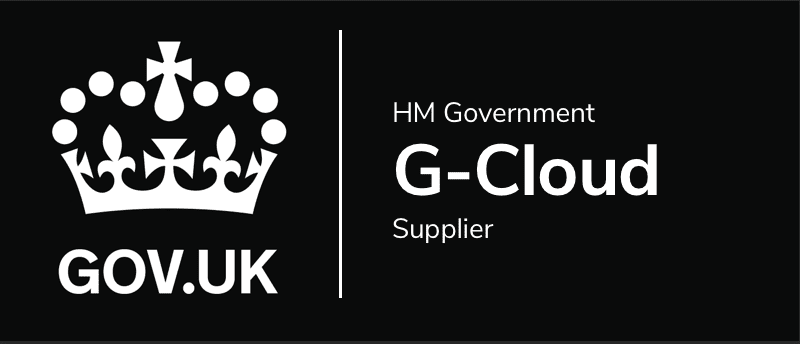Digital transformation – how do you score?
Technology is constantly changing, are you? it is important that your organisation keeps up with ever-changing technology and leverages the benefits it brings.
From a technical perspective, it is not enough to just focus on people and processes, there are many key areas of a business that need consideration. Working on a few areas will help, but the most agile organisations will be constantly working on all areas.
 To help drive forward your digital transformation, the Change Enterprise framework contains five areas on which your plan should focus on.
To help drive forward your digital transformation, the Change Enterprise framework contains five areas on which your plan should focus on.
The areas you need to be concentrating on are:
1.Understand the Tools
Businesses, especially larger ones, need to interpret the impact and benefits from a cloud-based infrastructure.
The benefits of cloud-based tools are that they are designed to leverage a connectable and flexible virtual infrastructure. For example, if you were to try and deliver an equivalent Office 365 infrastructure in your business, you would spend a great deal of time, resources, and money and still it would leave you a long way behind what is available to buy off the shelf.
You will always want third party apps, but your core infrastructure to connect the dots does not have to be fragmented. The underlying platform infrastructure is the one thing IT needs to make sure is in place and that it suits the organisation. Understanding what this is, how it flex’s, and where it’s going are the questions that IT within a Change Organisation can easily answer.
2.Understand the People
One of the biggest issues in the work environment is people being frustrated with poor automation, repetitive tasks, and the lack of influence to improve business systems.
Modern workplace tools, internal communities, and citizen developer programs are all designed to break this pattern, and they do it well. Investment in time, education, and empowerment to generate a plan for how your people can evolve into their own communities and help drive business efficiency may be the most powerful approach to collaboration ever.
Understating what your teams need to be productive will always be the first part of any development, improvement, and empowerment process. In my model below you can see that requirements and data are the beginning of a fundamental change process to empower the business with apps, business process automation, and insight.
3.Focus on Value
The organisations that will survive the next decade are those that are continually changing and focusing those changes on value.
Having a culture that is already understanding of the tooling and people means that understanding where the value can be added will be easier. Removing the focus from Monolithic and massive projects to continual delivery helps an organisation keep sight of and respond immediately to the continually changing needs of the teams within it. Keeping teams efficient, processes current, and constantly improving those processes, transitions the organisation into a mindset of what we get done, not how we work.
What we cannot do is define what the outcome will be in 2 years’ time when the technology, social, even working from home landscape will be entirely different. Change is always happening; things will simply not stop changing – just look at the 31 million new daily users on Microsoft teams in just 20 days when lockdown kicked in with Covid-19.
4.Always Integrate
Integration should always play a part in your choice of platform and/or technology, leveraging integrated platforms with connectors and integrated services. As the Microsoft 365 and Azure platforms grow out and up, ALL the tools are focused on integration. Microsoft Teams is the ideal example with integration now coming online at a stunning pace. New features for voice calls and file integration are expected in the tool, the tie-up with Dynamics 365, Power BI, Power Automate, Power Apps, and Microsoft Lists.
But not all tools are Microsoft tools. Organisations need ERP, HR, accounting, and standard business tools that are industry-specific or simply suit the organisation. Additionally, you may be using another cloud provider and again that is just fine – the principle is the same: look first at connectivity and integration.
For legacy software/tools, look to find intermediate service that can integrate or create custom connectors via bespoke development.
- Empower Self Service
Removing reliance on IT for standard business needs, creating teams, SharePoint sites, claiming expenses, etc. leaves IT free to work on the strategy, security, and control of knowledge and data in the business. The IT team should spend less time following processes where the approval is always given, leaving them more time to focus on key projects and concentrating on their core business.











